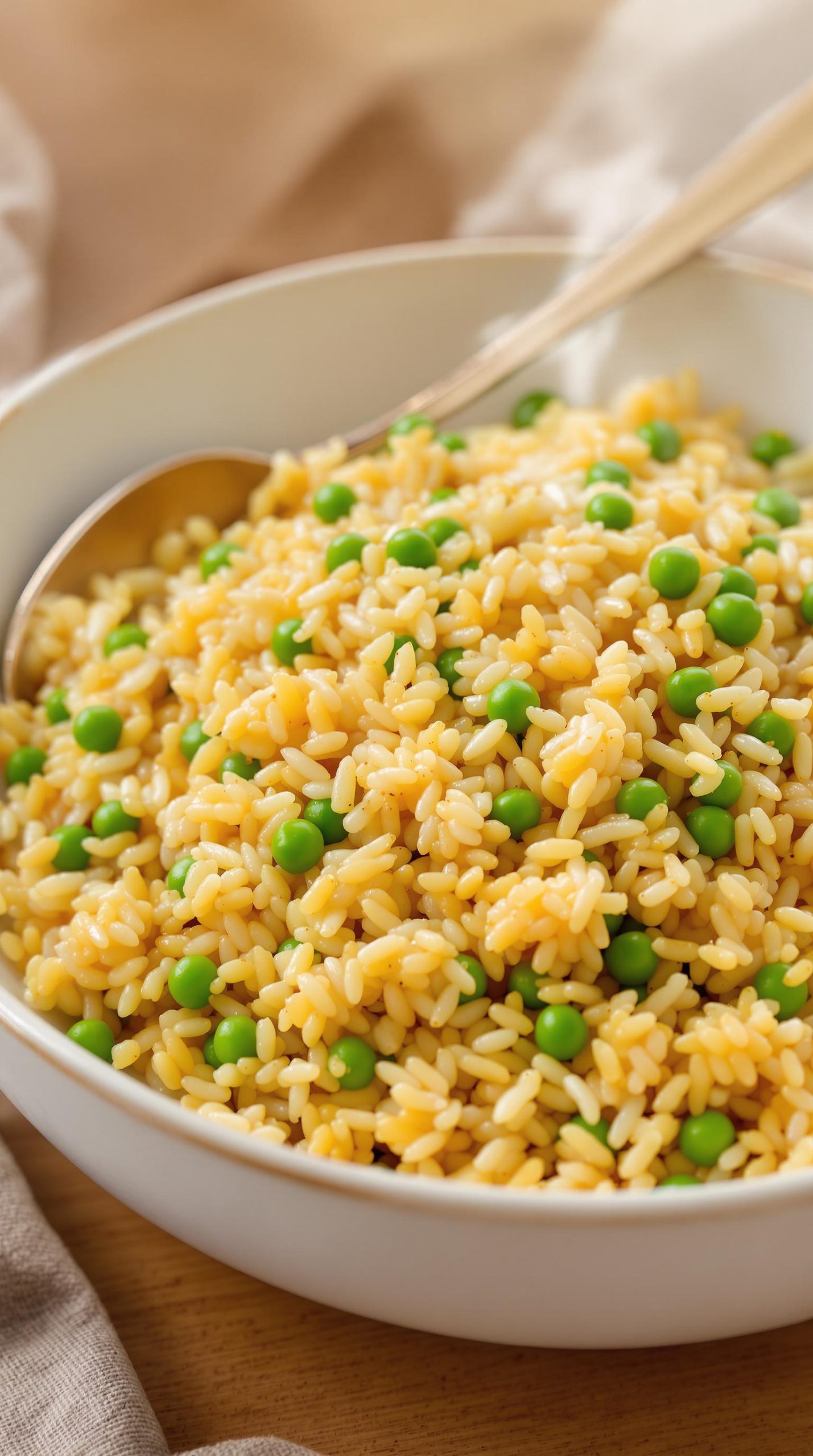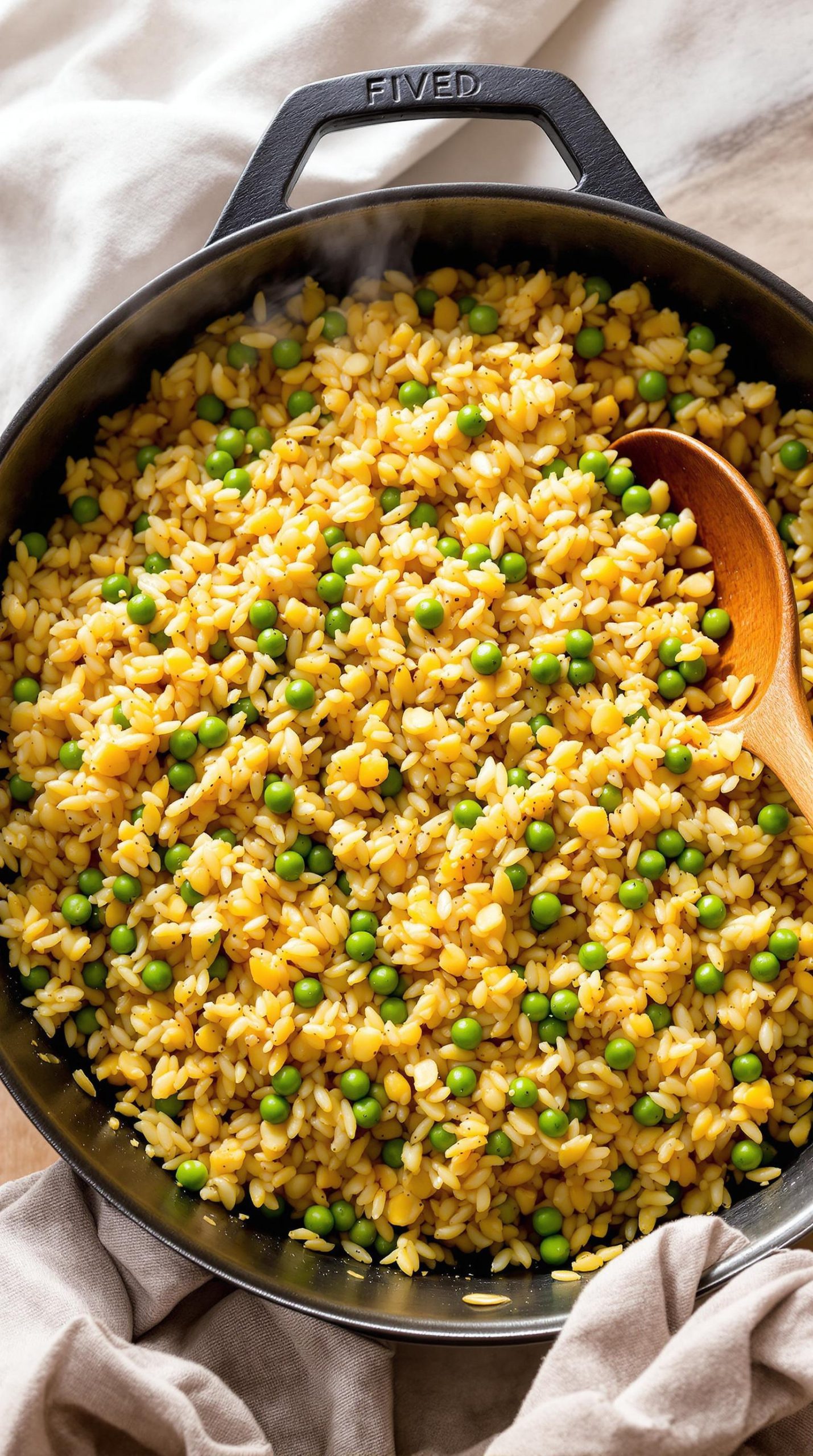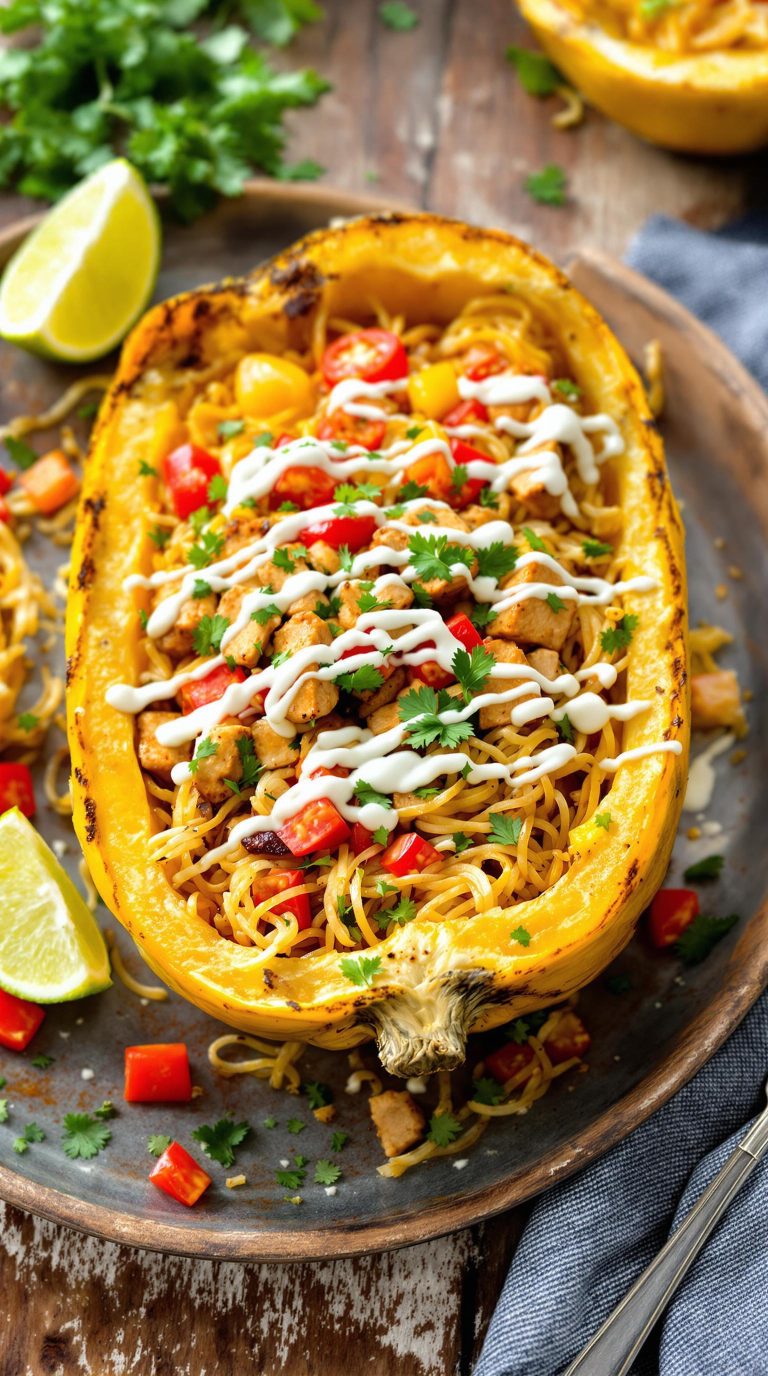Why You’ll Love this Simple Rice Pilaf
This simple rice pilaf recipe is about to become your new weeknight hero. I’m serious—it transforms everyday rice into something special with minimal effort. You’ve got tender grains of rice perfectly cooked with savory onion soup mix, then studded with bright green peas for color and nutrition.
Why love it? First, it’s quick. Second, that toasty flavor from browning the rice first? Incredible depth. Plus, it’s versatile enough to pair with practically any protein. Chicken, fish, tofu—doesn’t matter. The ingredients are probably already in your pantry, waiting to save dinner tonight.
What Ingredients are in Simple Rice Pilaf?
Rice pilaf might sound fancy, but it’s actually one of the most straightforward side dishes you can make. The beauty of this recipe lies in its simplicity—just a handful of basic ingredients that work together to create something remarkably flavorful. You’ll be surprised how these everyday items transform into something that tastes like you spent hours in the kitchen, when really, it comes together in about 20 minutes.
- 1 cup uncooked long grain rice
- 1 tablespoon cooking oil
- 2 tablespoons dry onion soup mix
- 1/4 teaspoon pepper
- 1 2/3 cups boiling water
- 1 cup frozen peas
When shopping for these ingredients, quality matters, but don’t overthink it. Any long grain rice works well here—basmati would add a lovely fragrance if you have it on hand. For the oil, something neutral like vegetable or canola is perfect, though you could use olive oil for a slightly different flavor profile. The real secret weapon here? That packet of onion soup mix sitting in your pantry. Who knew something so humble could add such depth of flavor? And those frozen peas? They’re not just pretty—they add a pop of freshness and nutrition to balance the savory rice.
How to Make this Simple Rice Pilaf

Making rice pilaf is all about building layers of flavor, and this method couldn’t be more straightforward. Start by grabbing a large skillet and heat 1 tablespoon of cooking oil over medium heat.
Add 1 cup of uncooked long grain rice to the hot oil and—this is key—brown it while stirring constantly. This toasting step isn’t just busywork, it’s what gives pilaf its distinctive nutty flavor and prevents the rice from clumping together. You’ll know it’s ready when the rice turns slightly golden and gives off a toasty aroma, usually about 3-4 minutes.
Next comes the flavor bomb. Blend in 2 tablespoons of dry onion soup mix and 1/4 teaspoon of pepper, stirring to coat all those toasty rice grains.
Then pour in 1 2/3 cups of boiling water—yes, already boiling water is the secret to perfectly cooked pilaf. The temperature shock helps the rice cook evenly. Bring everything back to a gentle boil, then immediately reduce the heat to low, cover with a tight-fitting lid, and let it simmer undisturbed for 15 minutes.
Resist the urge to peek! That trapped steam is essential for tender, fluffy rice. When the time’s up, gently stir in 1 cup of frozen peas (no need to thaw them first), cover again, and cook for 5 more minutes. The residual heat will perfectly cook those peas while keeping their bright color and slight bite.
The final result should be a skillet of perfectly fluffy rice with distinct grains, studded with vibrant green peas. If you notice any excess liquid, simply remove the lid and let it cook for another minute or two until it evaporates.
And here’s a pro tip: after cooking, let your pilaf rest, covered, for about 5 minutes before fluffing with a fork. This extra resting time allows the moisture to distribute evenly throughout, giving you that restaurant-quality texture that makes rice pilaf such a beloved side dish. For an even more convenient preparation method, a high-end slow cooker can maintain the perfect temperature while freeing up your stovetop for other dishes.
For an even more efficient cooking process, consider preparing this dish using an air fryer which provides excellent heat distribution while requiring less oil than traditional methods.
Simple Rice Pilaf Substitutions and Variations
While the basic rice pilaf recipe is absolutely delicious as written, one of the best things about this dish is how incredibly adaptable it can be.
Don’t have frozen peas? Try substituting corn, diced carrots, or even some broccoli florets. The rice itself is flexible too—basmati or jasmine would give a lovely aromatic twist.
Vegetable broth can replace water for deeper flavor, and a sprinkle of slivered almonds or pine nuts adds wonderful texture.
Feeling adventurous? Toss in some dried cranberries and cinnamon for a Moroccan-inspired variation. The dry onion soup mix provides convenience, but sautéed fresh onions and garlic work beautifully too.
What to Serve with Simple Rice Pilaf
This versatile side dish deserves equally delicious companions on your dinner plate. I’m a firm believer that rice pilaf shines brightest alongside grilled chicken breast or a juicy steak.
The savory notes from the onion soup mix complement protein beautifully.
For a Mediterranean twist, try serving it with lamb chops and a dollop of tzatziki. Fish works wonderfully too—salmon or tilapia, perhaps?
Don’t forget the vegetables. A simple Caesar salad or roasted Brussels sprouts round out the meal nicely.
The peas already in the pilaf give you a head start on those veggies, after all.
Final Thoughts
After cooking this rice pilaf countless times in my kitchen, I’ve come to appreciate just how magical simple recipes can be. This dish transforms basic pantry staples into something truly satisfying with minimal effort.
What I love most about this pilaf is its versatility. You can swap the peas for other vegetables, add herbs, or throw in some nuts for crunch. And if you have leftovers, transform them into delicious fried rice the next day by adding eggs, vegetables and soy sauce.
The dry onion soup mix does the heavy flavor lifting, so there’s no need to chop fresh aromatics.
For a flavorful twist, try using coconut milk instead of water for a subtle tropical note that pairs beautifully with many dishes.





